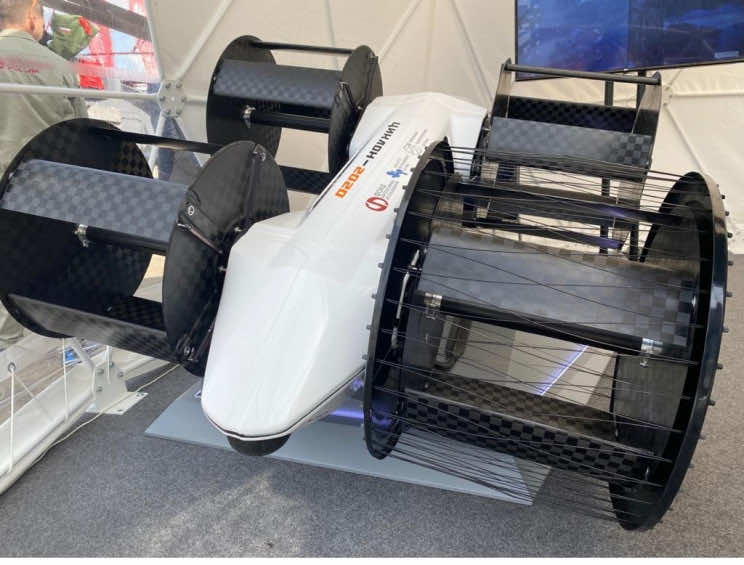
EVTOLs previously are, in essence, the automobiles of the future. Electric vertical takeoff and landing are referred to as eVTOL. These are vehicles that can go in the air, hover, and take off vertically. They can perform all of this while running on an electric battery, thanks to the electric part.
Current battery restrictions have hampered efforts to manufacture them, however with the recent development of experimental batteries, it appears that the time for eVTOLs is approaching. Russia is planning test flights as early as 2022. The Cyclocar is the name of the prototype they’re testing. It’s essentially a six-seater Aeromobile with an electric battery.
The car is being created by the Advanced Research Fund, according to a federal government news release. Russia appears to be ahead in the competition, as a smaller-scale prototype of their design was tested last year. As a result, their announcements of test flights in 2022 and manufacturing beginning in 2024 appear to be genuine. The test flights scheduled for next year will not be a scaled-down version, as they were previously, but instead, be the full deal. The full-scale model is approximately 20.3 by 19.6 feet (6.2 by 6 meters).

Cyclocar is a cyclolet, a hybrid-electric autonomous aircraft with four cyclic propellers that support and drive it through the air. It can transport up to six people or cargo of 600 kg, making it useful for a range of tasks, including carrying employees to locations that would otherwise be inaccessible.
The Cyclocar, which was developed as part of the Cyclone project, will have a purely electric motor when it takes to the skies next year, while a hybrid version is also in the works. The standard version will have a top speed of 250 km/h (155 mph), a length of 6.2 meters, and a range of 500 kilometers (310 miles). It will be small, with fast thrust vector control and low noise levels thanks to the cyclic propellers. With the all-electric drivetrain, it will also be emission-free.
It’s easy to manage because it’s so small and allows very quick control of its thrust vectors through 360 degrees. It’ll also be extremely silent, which could be advantageous while flying for military purposes or above densely populated regions.
The Cyclocar, which is designed for a variety of uses, will be able to land on surfaces with a 30-degree incline and dock on vertical surfaces. The hybrid flying car will be available for civilian and military applications such as police operations, firefighting, tourism, urban air mobility, search and rescue, surveying, battlefield transport, and more, according to the plan. A small-scale version of the flying hybrid automobile, weighing roughly 60 kg, was successfully tested last year.
On top of that, the eVTOL is designed to be simple to fly, whether by the pilot or by ground control.
Reference:
- https://www.google.com/amp/s/www.inceptivemind.com/russia-cyclocar-hybrid-electric-flying-car-armed-forces/19617/%3ffbclid=IwAR3lELznH3R7CKOwpKmxAr8d9ZxQ6_PcU-1UDFP8mk-cyOnSxu3a-MXTFqo&
- https://www.google.com/amp/s/amp.interestingengineering.com/russias-upcoming-four-propeller-evtol-might-be-used-by-its-military
- https://wonderfulengineering.com/russia-is-testing-a-hybrid-electric-flying-car/amp/
- https://www.abovetopsecret.com/forum/thread1288603/pg1
- https://www.google.com/amp/s/www.hotcars.com/from-russia-above-six-passenger-flying-car-in-development/amp/














